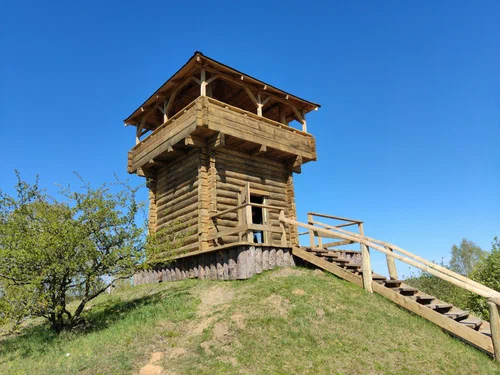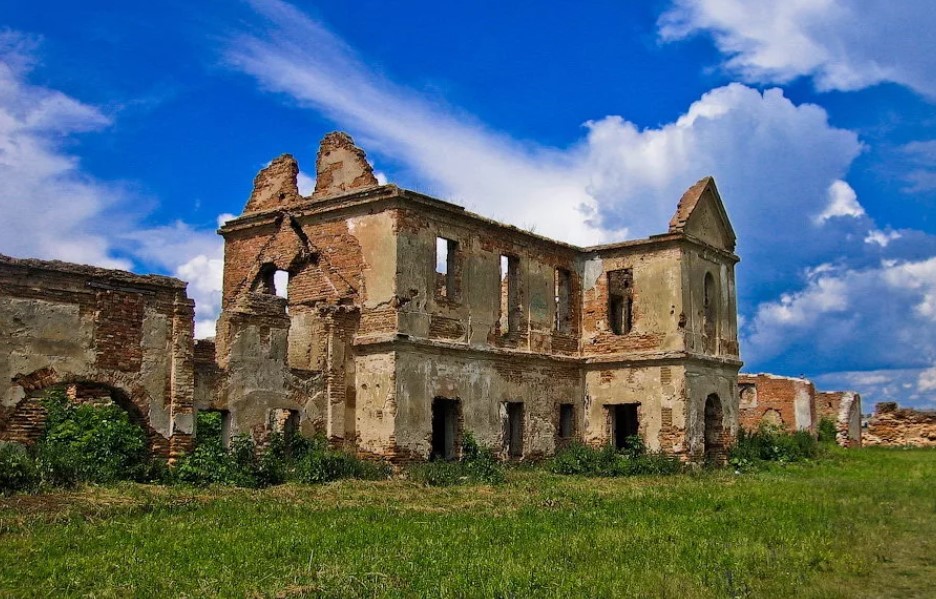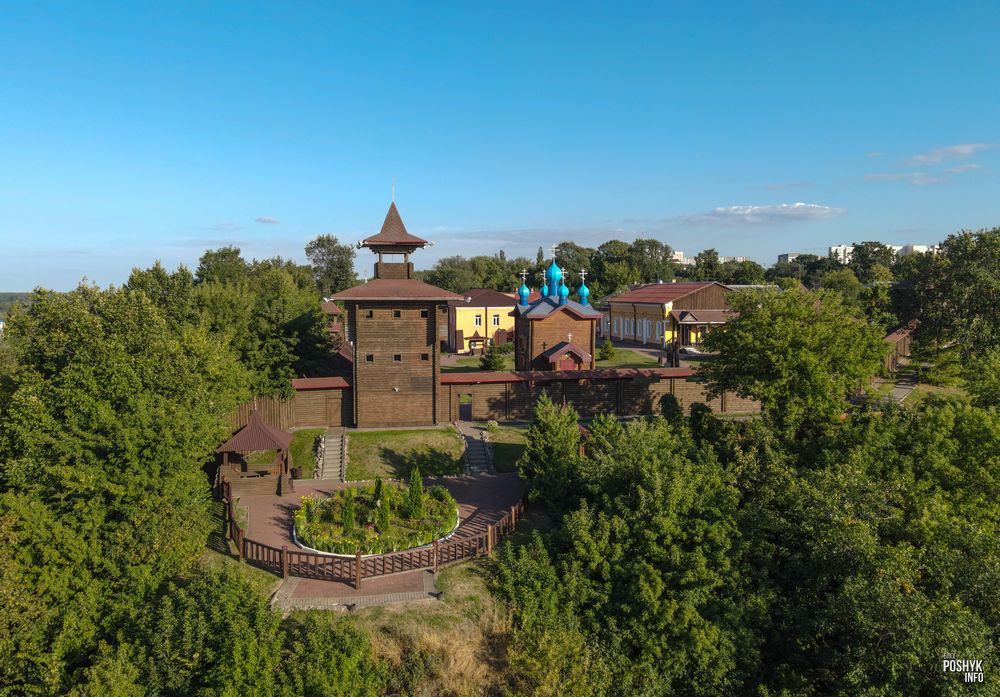Mir, Nesvizh, Grodno, Lida, Golshany - local castles attract thousands of tourists. However not only at these points you can see majestic buildings that served as fortresses and residences of noble families. What else Belarus is famous for?
Krevo Castle (Smorgon district, Grodno region)
The exact time of its construction remains a mystery. Historians give different dates - from the end of the 13th to the second half of the 14th century. What is known for certain that this is one of the first stone castles on the territory of Belarus.
The thickness of the walls made of stone and brick reached 2.5 meters. Along the edges there were two high defensive towers, which also contained living quarters. For some time the castle served as a grand Ducal residence. In 1385 in this castle was signed the Union of Krevo.
The castle has survived to this day in ruins, but now the building is being restored. Tourists are offered excursions, master classes in folk crafts and archery and animation programs. There is a watchtower on the Yuryeva Mountain not far from the castle, where a beautiful view of the surrounding area opens up.

Bykhov Castle (Mogilev region)
Its history goes back almost five centuries. Initially a wooden castle was built here. The fortification was badly damaged by an attack by the Cossacks at the end of the 16th century and this became the reason for the reconstruction of this castle using stone. The construction was started by the famous statesman and military figure Jan Karol Hodkevich. Later the city and fortification passed to the Sapega family. Later towers bastions and a moat filled with water appeared.
The building has survived many trials. It was besieged during the noble wars and the Northern War of 1700-1721. Later the castle lost its former status. These days the monument has been partially restored, but the facility is still awaiting a complete revival.

Castle "White Kovel" in Smolyany (Orsha district, Vitebsk region)
It was built in the first quarter of the 17th century by order of Prince Semyon “Sangushka” and was named after the former family estate of a noble family in Kovel in Volyn. The castle was once considered one of the largest ensembles of this type in Belarus. The closed rectangle building with a courtyard occupied 100 by 200 meters. Three-tiered turrets were located in the corners and at one of the facades there was a high pentagonal tower. During the construction, field stone and large bricks were used, which was laid using Dutch technology. The thickness of the walls in some places reached 170 centimeters.
However, history has not been kind to this building. The castle suffered severe damage during the Northern War in 1708 and in the first half of the 19th century it was completely destroyed. To that day only the ruins of the tower with the remains of a spiral staircase and an arched passage to the main building have survived. In ancient times the estate was surrounded by embankments and a moat filled with water. Even today it’s not easy to get close.
Mozyr Castle (Gomel region)
The wooden structure arose on the high bank of Pripyat in the 15th century. The fortification survived a lot of destruction and was rebuilt several times. Over time, the castle fell into disrepair.
The original building has not survived, but in its place a modern copy of the castle and a museum is located. Three towers are available to visitors - Hunting, Armory and Administrative. There are exhibitions where samples of weapons, ancient household items and works of art are presented. The wooden Church of the Holy Savior has also been restored on the territory. Nearby is a local history museum that introduces the ancient history and nature of Polesie. And from the observation decks a picturesque panorama of Mozyr opens up.

Vysokovsky Castle (Kamenets district, Brest region)
The castle was erected in the mid-17th century by war chief Pavel Sapega. It was once a powerful defensive structure. There was a high tower with an arsenal and a guard room, bastions, a palace and outbuildings. Today, only the entrance gate and earthen ramparts remain of the complex. What the object looked like in the century before last can be found out thanks to the surviving drawing of Napoleon Orda.